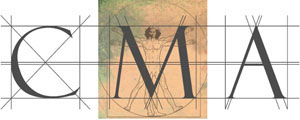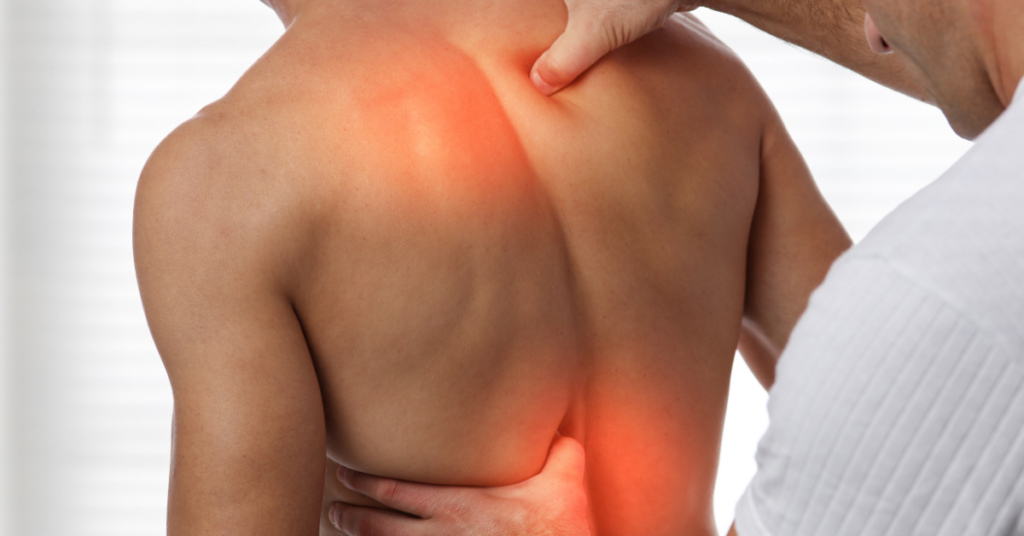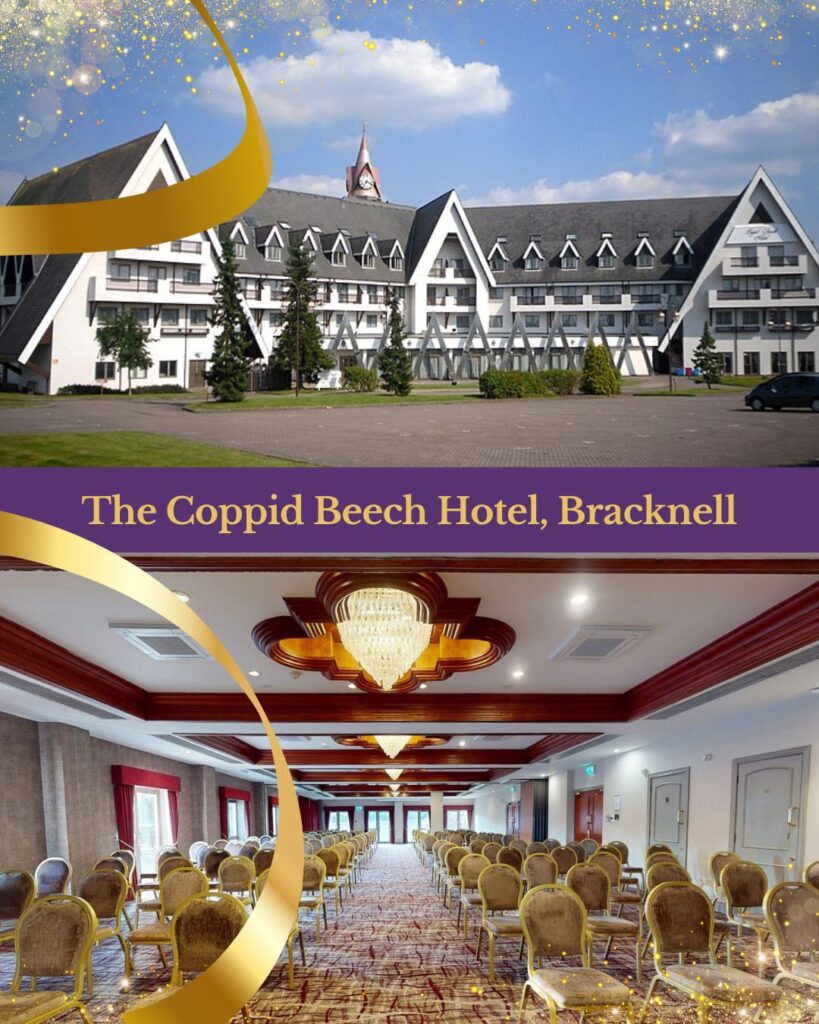Back Pain – What it is and How Natural Therapies can Help
What is back pain?
Low back pain is pain, muscle tension, or stiffness localised below the rib cage and above the buttocks, with or without leg pain (sciatica). It can be acute or chronic (persisting for 12 weeks or more).
Incidence
In 1998, 40% of adults – more than 16 million people – had back pain lasting more than one day. Each year, 15-45% of adults suffer low backache. Low back pain is most common between the ages of 35 and 55.
Causes
In about 85% of people pain is non-specific. About 4% of people seen with low back pain in primary care have compression fractures, and 1% have tumours. Other causes include slipped discs or osteoporosis.
Risk factors
Heavy lifting, frequent bending, pulling, twisting and pushing, repetitive work, static postures, vibrations, poor posture.
Psycho-social risk factors include anxiety, depression, job dissatisfaction, and mental stress at work.
Warning Signs
See your physician immediately if you have:
- Unexplained fever or swelling / redness on the back or spine
- Pain that travels down the legs below the knees
- Weakness or numbness in one or both legs
- Loss of control of the bowel or bladder
See your physician if you have:
- Back pain that lasts longer than a week
- You have a persistent pain after a severe blow, fall, or injury
Examination and Investigations
A persistent or severe back pain with any of the above warning signs must be assessed and diagnosed by a medical doctor. Examination will involve looking for general signs of disease, muscle weakness, range of movement, and any evidence of neurological damage. In the majority of cases investigations are not usually required. Additional tests might include X-rays, CT scan, MRI scan, or a myelogram.
Prognosis
Acute back pain is usually self-limiting (90% of people recover within 6 months), but 2-7% of people develop chronic pain.
Conventional Treatment Strategies for Acute Lower Back Pain
Beneficial:
Non-steroidal anti-inflammatories; keep active.
Likely to be beneficial:
Simple analgesics, spinal manipulation (osteopathy, chiropractic).
Possibly of benefit:
Muscle relaxants e.g., diazepam.
Unknown effectiveness:
Colchicine, antidepressants, epidural steroid injections, EMG feedback, behavioural therapy, lumbar supports, TENS.
Complementary Strategies
Nutritional Therapy
Nutrition uses diet to treat and prevent illness, and to restore the body to a natural, healthy equilibrium. Eat plenty of fresh fruits and vegetables, and try to reduce animal protein, animal fats, sugar, salt, tea, and coffee.
Consider supplements such as eveningprimrose, starflower, vitamin C, and calcium.
Western Herbalism
Herbal therapy is the use of plants as medicines to restore and maintain health by keeping the body balanced.
| Condition | Herb |
| General Pain relief | Drink infusions of white willow or vervain |
| Inflammation | Bromelain, St John’s wort |
| Muscle relaxant | Valerian |
| Muscle and Joint pain | Massage oil of wintergreen into the muscles and joints |
Always consult with a qualified herbalist prior to use.
Homeopathy
Homeopathy is a form of medicine that treats the body as a whole and helps it to heal itself.
| Condition | Homeopathic Remedy |
| Sore / bruised muscles | Try arnica tincture/ointment |
| Muscle strain | Rhus tox |
| Persistent backache | Ruta |
Always consult with a qualified homeopath prior to use.
Psycho-Social Strategies
Meditation
Meditation encompasses various contemplative practices, ranging from spiritual to ritual dances and movements. It can be effective in relieving chronic pain associated with stress.
Visualisation
Visualisation is based on the belief that the brain has a subconscious ability to heal. It focuses on using imagination to create attractive and positive images that can be used to heal or change aspects of your life. It is suitable for almost any type of physical or emotional pain related problem.
Progressive Muscular Relaxation
Relaxation is a state of physical and mental relief, where tension, fear and anxiety are released and replaced with calm and peaceful feelings. Progressive rhythmical breathing to relax muscles is useful as part of a pain management programme.
Biofeedback
Biofeedback is a system in which electronic instruments provide information about the body that might not otherwise be immediately obvious.
Flotation and Sensory Deprivation
A flotation tank is an enclosed chamber in which the patient floats in water at skin temperature and in total darkness and silence. There is some evidence that this might stimulate the release of the body’s natural painkillers, endorphins.
Psychotherapy
Psychotherapy is an umbrella term to describe a number of approaches focused on providing mental and emotional support to an individual or group. Particularly benefits those with painful disorders caused by deep underlying emotional or psychological problems.
Hypnotherapy
Hypnotherapy is a form of psychotherapy that works on the subconscious to change thought and behaviour patterns. It is suitable for psychosomatic disorders and stress-related conditions.
Autogenic Training
Autogenic training is a system of self-hypnosis that uses mental exercises to switch off the stress reactions of the body with restful, relaxed states. It is effective for relieving the pain from stress-related disorders.
Energy Strategies
Acupuncture
Acupuncture refers to the painless insertion of fine needles into the skin to stimulate specific points called pressure points, acupuncture points or acupoints. It is based on the traditional Chinese theory that pain and illness are the result of excess or deficient energy in the affected part of the body.
Acupuncturists use these needles on special points within the meridians (energy channels) to correct the imbalances in the energy flow and thus relieve pain and illness. Acupuncture is particularly effective at easing chronic pain and stress-related conditions.
Acupressure
Similar to acupuncture, the trained acupressure therapist administers gentle pressure to the acupoints. It is useful in the treatment of headaches and migraines, back pain, and sports injuries.
Kinesiology
Kinesiology aims to identify muscular imbalances that can result in poor posture and pain. It is effective in treating inflammatory joint conditions, headaches, migraine, and neuralgia.
Magnet Therapy
Magnet therapy is based on the theory that each of the body’s cells acts like a magnetic dynamo generating a unique magnetic field. In the presence of disease these tiny electromagnetic fields fall out of alignment and by applying magnets to the affected part of the body, the electromagnetic field is realigned to promote and maintain homeostasis (balance within the body).
It has been particularly effective in the treatment of musculo-skeletal pain conditions, fibromyalgia, and sports injuries. (See also Magnetic Therapy)
Reflexology
Reflexology involves applying pressure to points on the feet called ‘reflex zones’ in order to stimulate the body’s own healing system and relieve pain in other parts of the body. It is particularly suited for generalised disorders and stress-related problems.
Reiki
Reiki aims to re-balance the energy in the body to stimulate the body’s natural healing systems and achieve greater well-being. It is usually used in conjunction with other techniques as part of a pain management programme.
Shiatsu
Shiatsu is a Japanese therapy based on the belief that stimulating points on the surface of the body can influence the functioning of organs deep inside. Useful for conditions such as headaches and migraines, musculoskeletal disorders, and bowel disorders.
Therapeutic Touch
Therapeutic touch describes the ‘laying on of hands’ and is based on the belief that there is an actual transfer of healing energy from the person touching to the person being touched. Used as an adjunct treatment it might be useful for neck and back pain, irritable bowel syndrome, and during childbirth.
Zero Balancing
Zero balancing combines methods to restore balance to the body’s energy fields with various bodywork techniques. Useful therapy for neck and back pain, and stress-related disorders.
Structural Therapies
Massage
Massage is the manipulation of the body’s soft tissues with specific techniques to promote or restore health. It may help to relieve muscular pain as well as releasing muscular tension and stress.
Aromatherapy
Aromatherapy oils are distilled from a variety of plants believed to have healing properties. Essential oils can act either by inhalation or by penetration via the skin. It can help to alleviate muscular tension and chronic neck and back pain.
Exercise
Gentle exercise such as walking, jogging, and cycling are better for back problems than rest. Hydrotherapy, swimming combined with a sauna or steam bath, is excellent for relieving back pain.
Alexander Technique
The Alexander Technique is a system of postural re-education. Although predominantly a preventative technique, it can also be effective in relieving pain caused by musculoskeletal problems such as recurrent sports-related disorders.
Feldenkrais
Feldenkrais is a system of movement and postural retraining, particularly effective for recurrent muscle and joint pain.
Pilates
Pilates is a system of rehabilitation through non-weight bearing or non-impact exercise. Particularly beneficial for rehabilitation after surgery / illness, arthritis, and lower back pain.
Yoga
Yoga is beneficial for both chronic pain and as part of a therapeutic programme for patients suffering from stress-related disorders.
Chiropractic
Chiropractic is based on the theory that pain is caused by some dysfunction of the musculoskeletal system. The treatment involves manipulation of the body joints in order to restore normal nerve function and alleviate pain. Useful for sciatica, back pain, joint injuries, and headaches.
Osteopathy
Osteopathy is a manipulative therapy that works on the body’s structure to relieve pain, improve mobility and restore well-being. It differs from chiropractic by tending to focus on the limbs and trunk to improve movement of the joint. Particularly effective for neck and back pain, neuralgia, sports injuries, and shoulder / arm and leg pains.
Rolfing
Rolfing is a type of deep-tissue manipulation that stretches and manipulates the connective tissues to restore the body’s balance, improve posture and consequently the body’s all-round physical and emotional benefits. Good for pain related to poor posture as well as chronic back and limb pain.


